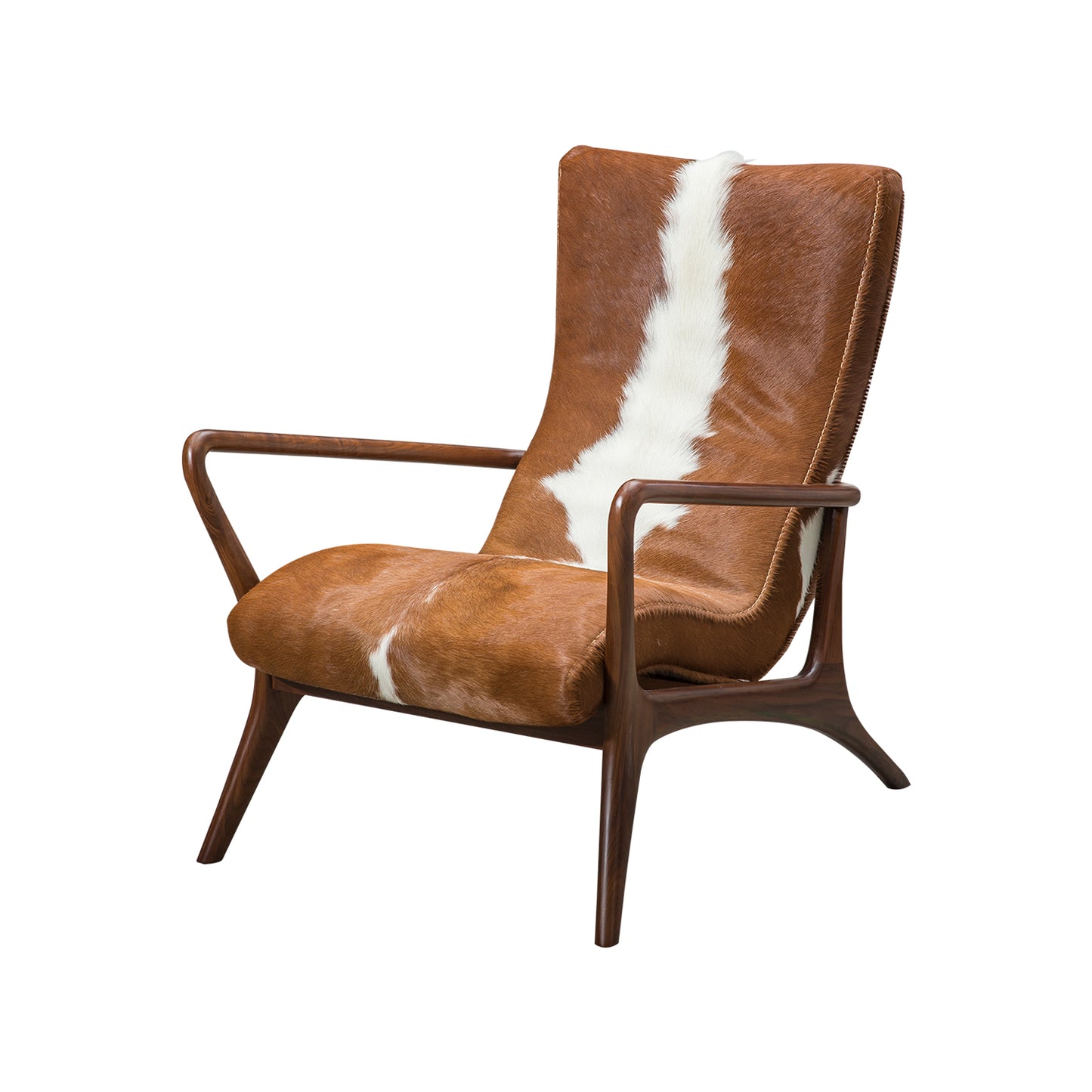The chair has long been a symbol of status, comfort, and design. Its evolution reflects changes in culture, technology, and aesthetics. This article delves into the rich history of chairs, exploring their transformation from ancient thrones to modern masterpieces.

Ancient Chairs: The Throne of Power
In ancient civilisations, the chair was not merely a piece of furniture; it was a representation of authority. Thrones, often elaborately designed, were reserved for rulers and deities. These chairs were crafted from precious materials, adorned with intricate carvings and symbols of power. Have you ever wondered how these early designs influenced contemporary seating?
- Thrones in Ancient Egypt were made of wood and gold.
- Greek Klismos chairs featured elegant curves and were designed for comfort.
- Roman chairs, such as the curule, were symbols of political power.
The Renaissance: A Period of Innovation
The Renaissance marked a significant shift in chair design. Artisans began to experiment with new styles and materials, leading to the creation of iconic pieces such as the wingback chair and the recliner. These chairs not only provided comfort but also showcased the craftsmanship of the era. Would you agree that the blend of functionality and artistry during this period set the stage for modern furniture design?
Key Features of Renaissance Chairs
- Use of rich fabrics and intricate upholstery.
- Incorporation of classical motifs and carvings.
- Focus on ergonomic design for enhanced comfort.
Modern Chairs: A Reflection of Contemporary Life
Fast forward to the 20th century, and the chair underwent yet another transformation. Designers like Charles and Ray Eames revolutionised the industry with their innovative use of materials such as moulded plywood and plastic. Today, chairs are not only functional but also serve as statements of personal style. What does your choice of chair say about you?
Contemporary Chair Designs
- Minimalist designs focus on simplicity and functionality.
- Ergonomic chairs promote health and well-being.
- Eco-friendly materials are increasingly popular in modern designs.
The Future of Chairs: Sustainability and Technology
As we look to the future, the chair continues to evolve. With a growing emphasis on sustainability, designers are exploring eco-friendly materials and production methods. Additionally, the integration of technology into furniture design is becoming more prevalent. Imagine a chair that adjusts to your posture or even charges your devices!
For those interested in exploring a wide range of contemporary chairs, visit  to discover innovative designs that blend comfort and style.
to discover innovative designs that blend comfort and style.
Conclusion
The chair has come a long way from its ancient origins. It serves not only as a functional piece of furniture but also as a reflection of our evolving tastes and values. As we continue to innovate and adapt, the future of chairs promises to be as exciting as its past.








